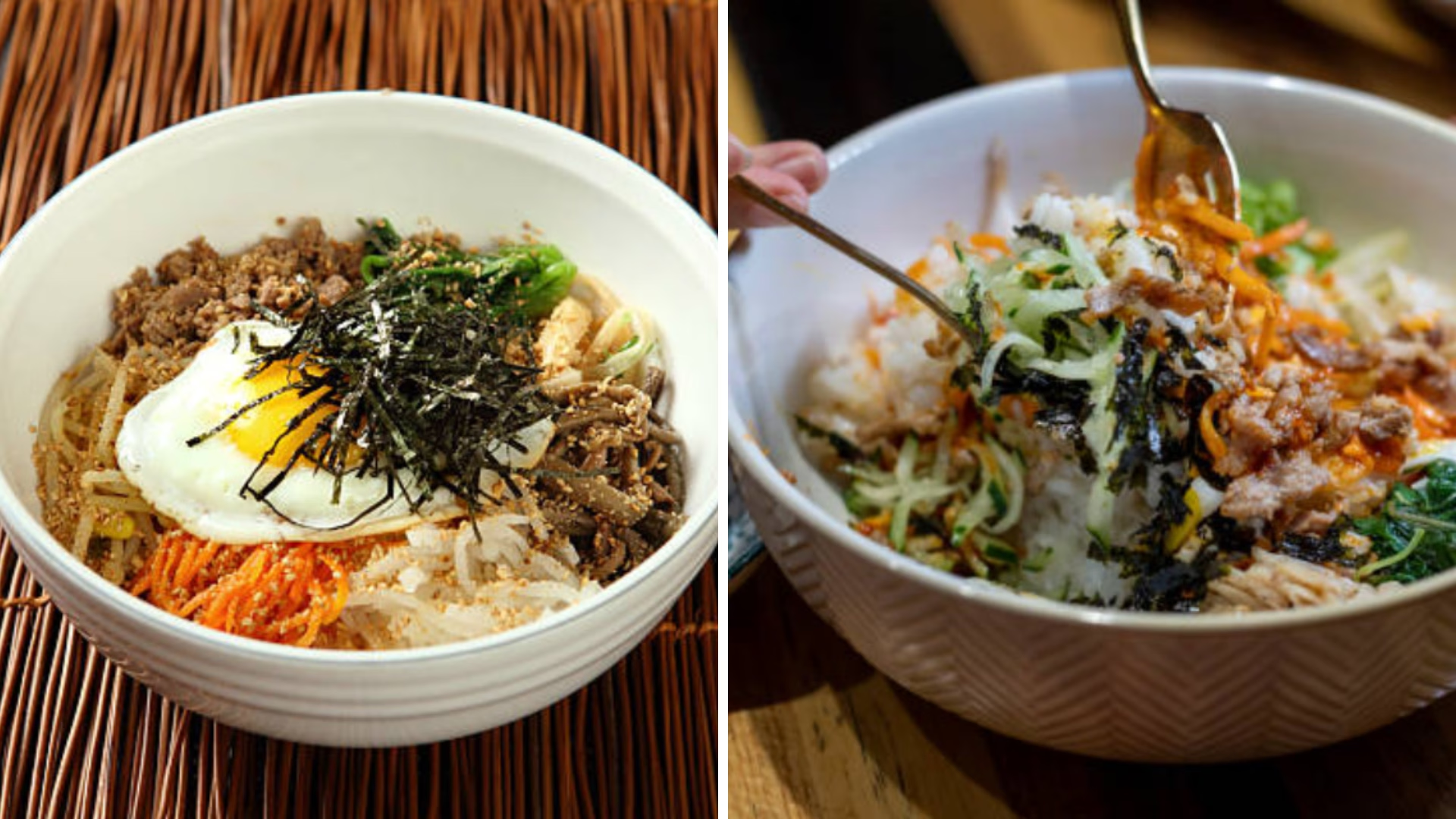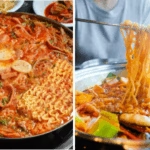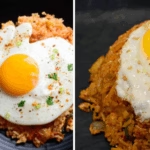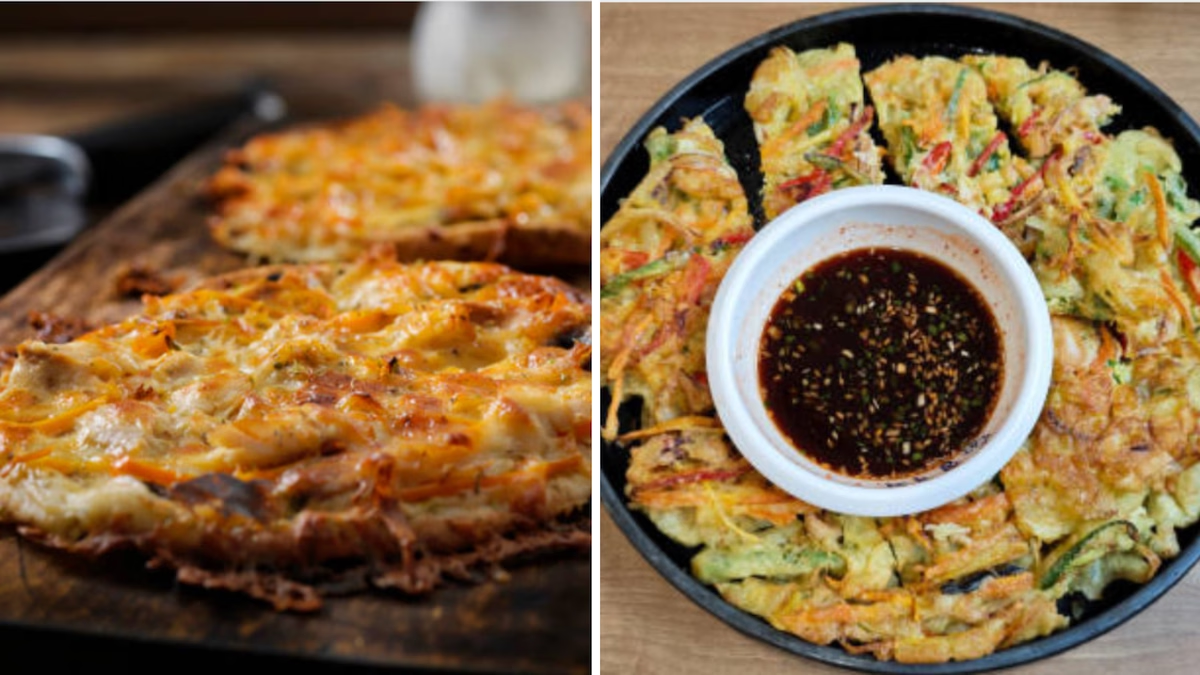In this blog you will find:
Bibimbap Magic Without the Fancy Trip
You’ve savored bibimbap at your favorite Korean restaurant and now crave that sizzling, spicy goodness at home. But what if your local store doesn’t carry ingredients like fernbrake or lotus roots? No worries! This guide will show you how to recreate bibimbap using everyday American grocery items—no specialty haul required.
Whether you’re a meal-prep enthusiast or a newcomer to Korean cuisine, by the end of this post, you’ll master:
- Authentic bibimbap foundations with accessible swaps
- Three modern twists: Vegan, keto, and quick “cheat” versions
- Pro tips to achieve that crispy rice without a stone pot
Tag us on Instagram @theworldspalette_, and share your bibimbap creation for a chance to win Amazon goodies!
What Is Bibimbap? (And Why You’ll Obsess Over It)
Bibimbap (pronounced bee-bim-bap) translates to “mixed rice” in Korean. It’s a harmonious bowl combining warm rice, sautéed vegetables, protein, and a spicy-sweet gochujang sauce, all topped with a fried egg. Traditionally served in a hot stone bowl (dolsot), it offers a delightful contrast between the crispy rice bottom and the fresh toppings.
A Brief History
Bibimbap’s origins are rooted in practicality. Historically, it was a way to use up leftover side dishes, especially during Lunar New Year celebrations. Over time, it evolved into a beloved dish, with regional variations like Jeonju bibimbap gaining prominence. Today, it’s celebrated worldwide for its balance of flavors and textures.
Authentic Bibimbap Ingredients… Made American-Grocery-Friendly
No Korean market nearby? Here’s how to replicate traditional bibimbap using items from your local grocery store::
| Traditional Ingredient | American Swap | Why It Works |
|---|---|---|
| Gochujang (fermented chili paste) | 2 tbsp miso paste + 1 tbsp chili powder + 1 tsp honey | Captures the spicy, sweet, and umami profile |
| Soybean sprouts | Mung bean sprouts or broccoli slaw | Provides crunch and freshness |
| Spinach (sigeumchi) | Baby spinach or arugula | Easy to find and quick to cook |
| Beef (bulgogi) | Ground beef or turkey | Accessible and quick to prepare |
| Kimchi | Pickled red cabbage or sauerkraut | Offers tangy, fermented flavors |
Step-by-Step Bibimbap Recipe (Shortcut Version)
Ingredients (Serves 2)
- Rice: 1.5 cups cooked jasmine or sushi rice (or cauliflower rice for keto)
- Protein: ½ lb ground beef (or crumbled tofu for vegan)
- Vegetables:
- 1 cup baby spinach
- 1 cup shredded carrots
- 1 cup bean sprouts
- ½ cup mushrooms, sliced
- Bibimbap Sauce:
- 3 tbsp gochujang (or DIY mix)
- 1 tbsp soy sauce
- 1 tbsp sesame oil
- 1 tsp sugar
- Toppings:
- 2 fried eggs
- Sesame seeds
- Nori strips
Instructions
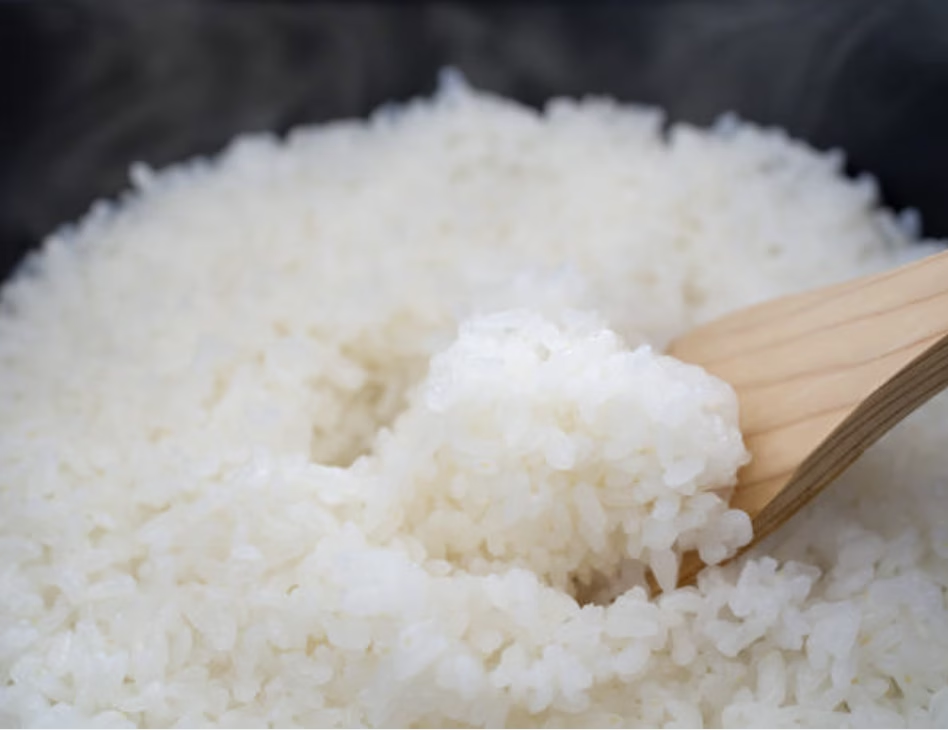
- Cook the Rice: Prepare rice according to package instructions. For crispy rice, press cooked rice into a hot, oiled non-stick skillet and cook until the bottom is golden brown.
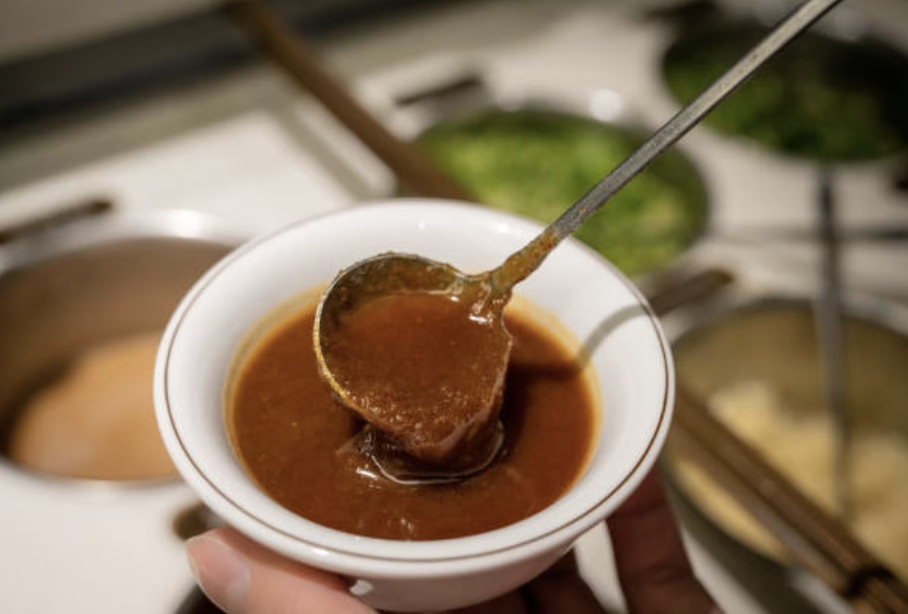
- Prepare the Sauce: In a bowl, mix gochujang, soy sauce, sesame oil, and sugar until smooth. Adjust to taste.
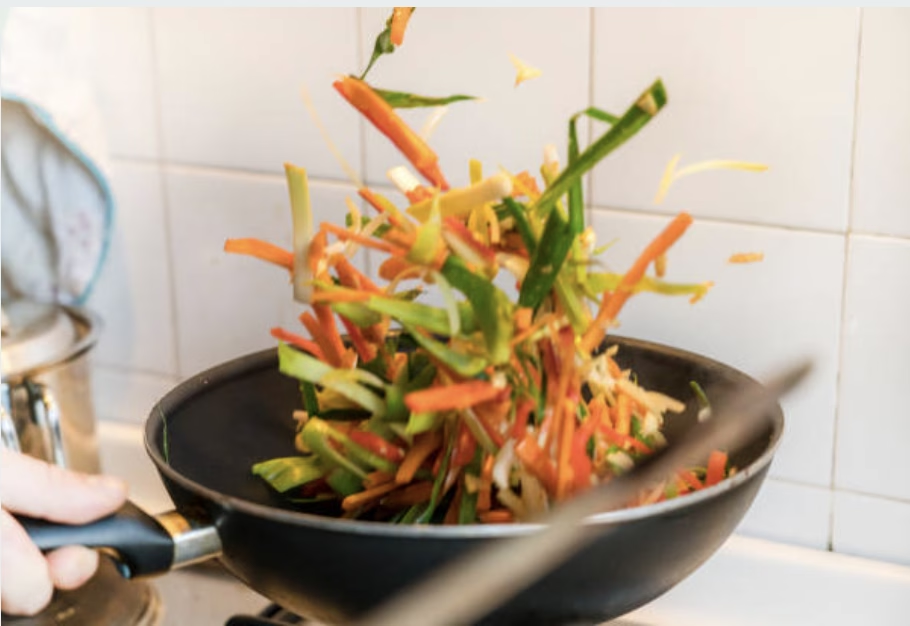
- Sauté the Vegetables: Individually sauté each vegetable in a bit of sesame oil until tender. Season lightly with salt.
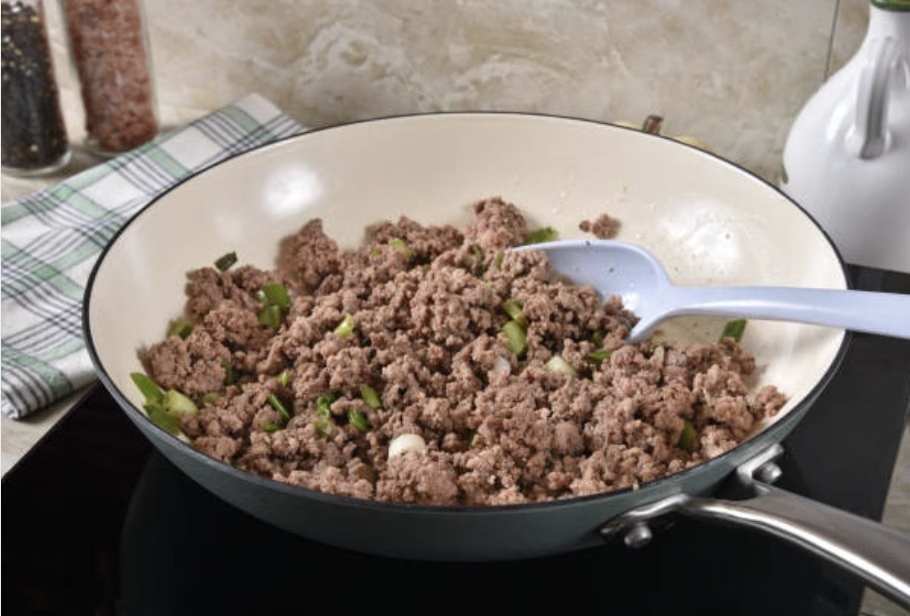
- Cook the Protein: Brown ground beef in a skillet with a splash of soy sauce. For tofu, pan-fry until golden.
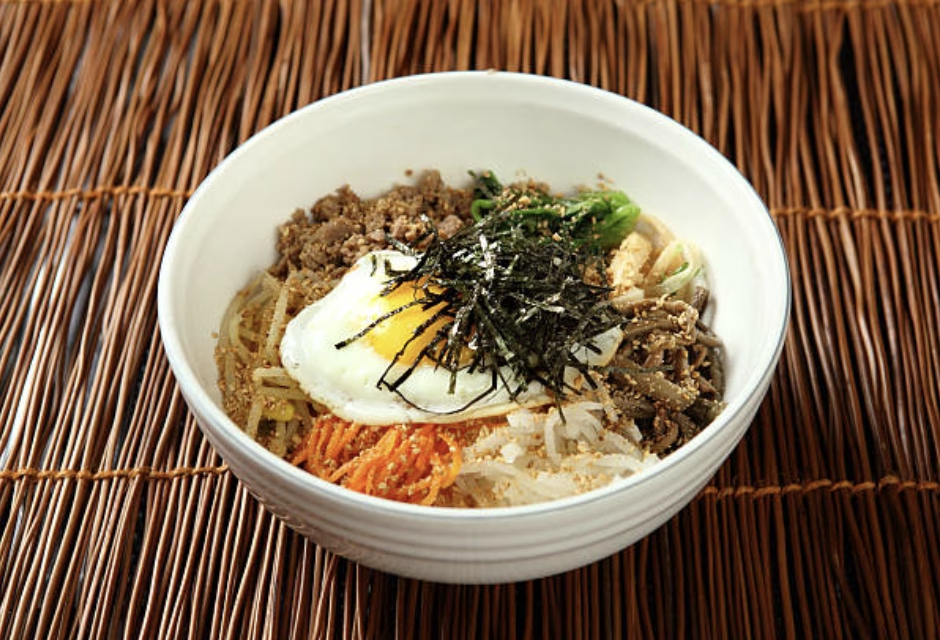
- Assemble the Bowl: Place rice at the bottom of each bowl. Arrange vegetables and protein on top. Add a fried egg, drizzle with sauce, and garnish with sesame seeds and nori strips.
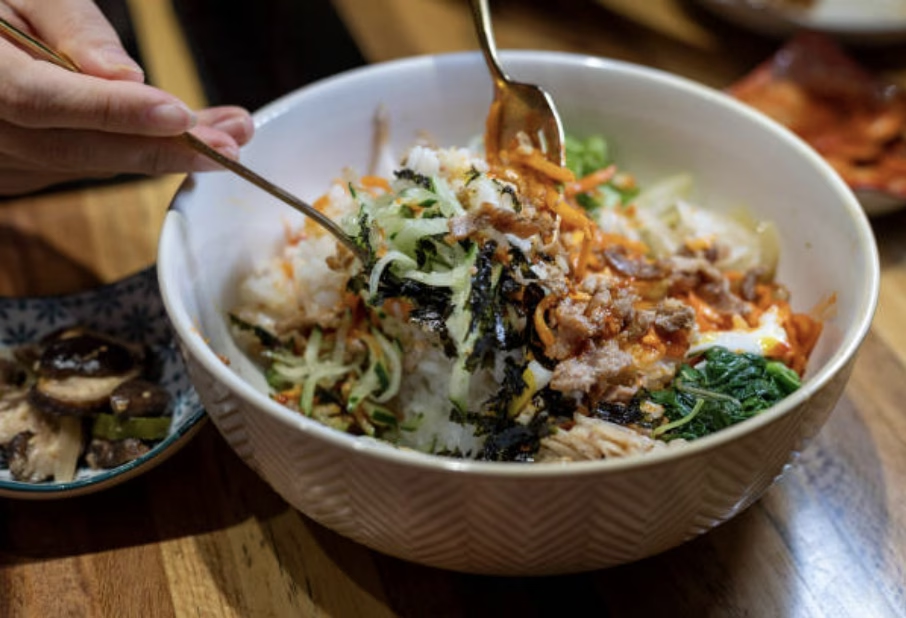
- Mix and Enjoy: Before eating, mix all components thoroughly to combine flavors.
3 Bibimbap Twists for Every Lifestyle
1. Vegan Bibimbap
- Protein Swap: Use tofu or chickpeas instead of beef.
- Egg Alternative: Top with avocado slices or a flaxseed-based vegan egg.
- Sauce Hack: Combine sriracha with tahini for a creamy, plant-based kick.
Pro Tip: Add smoked paprika to tofu for a “meaty” flavor.
2. Keto Bibimbap
- Rice Swap: Use cauliflower rice.
- Veggie Boost: Add zucchini noodles for extra volume.
- Protein Addition: Incorporate bacon for a smoky flavor.
Crispy Hack: Air-fry cauliflower rice with cheese for “fried rice” vibes.
3. “Cheat’s Bibimbap”
- Quick Fixes:
- Use instant rice.
- Opt for pre-shredded coleslaw mix.
- Microwave vegetables and protein.
Lazy Win: Microwave everything and call it “deconstructed”!
Achieving the Perfect Crispy Rice Without a Stone Pot
The hallmark of a great Bibimbap is the crispy rice layer, traditionally achieved using a “dolsot” (stone pot). However, you can replicate this at home:
- Use a Cast-Iron or Non-Stick Skillet: Heat the skillet over medium-high heat.
- Add Sesame Oil: Coat the bottom with sesame oil to prevent sticking and add flavor.
- Press Cooked Rice: Add the rice and press it down firmly.
- Cook Until Crispy: Let it cook undisturbed for 5-7 minutes until the bottom is golden brown.
Frequently Asked Questions
Can I meal-prep bibimbap?
Absolutely! Store rice, vegetables, and protein separately. Reheat and assemble when ready to eat.
I don’t have a stone pot. How can I get crispy rice?
Use a non-stick skillet. Press cooked rice into the pan with a bit of oil and cook over medium heat until the bottom is crispy.
My sauce is too spicy. What can I do?
Add a dollop of Greek yogurt or a spoonful of peanut butter to mellow the heat.
I don’t have gochujang. Help!
Mix 2 tbsp ketchup + 1 tsp chili powder + ½ tsp soy sauce. It’s not perfect, but it works in a pinch!
What if I hate crunchy rice?
Skip the skillet step—soft rice bibimbap is still delish!

Have additional inquiries?
We are here to help. Let’s engage in a conversation.
You’re a Bibimbap Boss—Now Show Off!
Snap a photo of your bibimbap masterpiece, post it on Instagram, and tag @theworldspalette_. Use the hashtag #BibimbapBoss #theworldspalette. Our favourite post each month wins a $50 Amazon gift card!
Remember, bibimbap means “mixed rice”—the messier, the more authentic.
Hungry for More?
Embracing Bibimbap’s Versatility
Bibimbap transcends its literal translation of “mixed rice” to embody a culinary philosophy rooted in balance, harmony, and adaptability. Originating from Korea’s rich cultural tapestry, this dish has evolved from humble beginnings—whether as a practical meal for farmers or a communal dish during ancestral rites—to a globally celebrated icon of Korean cuisine.
What makes bibimbap truly special is its flexibility. Whether you’re adhering to a vegan, keto, or gluten-free diet, or simply working with what’s available in your pantry, bibimbap welcomes creativity. By substituting traditional ingredients with accessible alternatives—like using miso paste and chili powder in place of gochujang, or opting for cauliflower rice—you can craft a bowl that’s both authentic in spirit and tailored to your tastes.
Moreover, the dish’s emphasis on colorful vegetables, diverse textures, and bold flavors aligns perfectly with modern dietary preferences that value nutrition without compromising on taste. The act of mixing the components just before eating not only blends flavors but also symbolizes unity and balance—a reflection of the dish’s cultural significance.
In embracing bibimbap, you’re not just preparing a meal; you’re participating in a tradition that celebrates diversity, resourcefulness, and the joy of communal dining. So gather your ingredients, unleash your creativity, and savor the harmonious medley that is bibimbap.
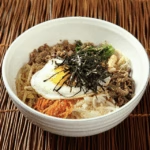
Bibimbap Made Easy: Korean Mixed Rice Bowl with American Ingredients
Ingredients
For the Bowl
- 1.5 cups cooked jasmine or sushi rice or cauliflower rice for a low-carb option
- ½ pound ground beef or turkey or crumbled tofu for a vegetarian version
- 1 cup fresh spinach
- 1 cup shredded carrots
- 1 cup bean sprouts
- ½ cup sliced mushrooms such as button or shiitake
- 2 large eggs
- 1 tbsp sesame oil
- Salt and pepper to taste
- Optional toppings: sesame seeds nori strips, sliced scallions
For the Sauce
- 2 tbsp gochujang Korean chili paste
- 1 tbsp soy sauce
- 1 tbsp sesame oil
- 1 tbsp sugar or honey
- 1 tbsp minced garlic
- 1 tbsp rice vinegar optional for tanginess
Instructions
Prepare the Rice
- Cook the rice according to package instructions. For a crispy texture, spread the cooked rice in a heated non-stick skillet with a bit of oil and cook until the bottom becomes golden and crispy.
Make the Sauce
- In a small bowl, whisk together gochujang, soy sauce, sesame oil, sugar (or honey), minced garlic, and rice vinegar until smooth. Adjust the sweetness or spiciness to your preference.
Sauté the Vegetables
- In a skillet over medium heat, add a small amount of sesame oil.Sauté each vegetable separately:Spinach: Cook until wilted, about 1–2 minutes.Carrots: Sauté until tender, about 2–3 minutes.Bean Sprouts: Cook until slightly translucent, about 2 minutes.Mushrooms: Sauté until browned and tender, about 3–4 minutes.Season each with a pinch of salt and set aside.
Cook the Protein
- In the same skillet, add ground beef or turkey.Cook over medium heat until browned, breaking it apart with a spatula.Season with a tablespoon of soy sauce and a pinch of pepper.For tofu, crumble and sauté until golden brown.
Fry the Eggs
- In a separate pan, heat a small amount of oil over medium heat. Crack the eggs into the pan and cook until the whites are set but the yolks remain runny, about 2–3 minutes.
Assemble the Bibimbap
- Divide the cooked rice between two bowls.Arrange the sautéed vegetables and cooked protein over the rice in sections.Place a fried egg in the center of each bowl.Drizzle the prepared sauce over the top.Garnish with sesame seeds, nori strips, and sliced scallions if desired.
Mix and Enjoy
- Before eating, mix all the ingredients thoroughly to combine flavors and textures.
Notes
- Vegetarian/Vegan Option: Replace meat with tofu or tempeh and omit the egg or use a plant-based alternative.
- Low-Carb Option: Use cauliflower rice instead of traditional rice.
- Spice Level: Adjust the amount of gochujang in the sauce to control the heat.
- Make-Ahead Tip: Prepare and store each component separately in the refrigerator for up to 3 days. Assemble and heat when ready to eat.
